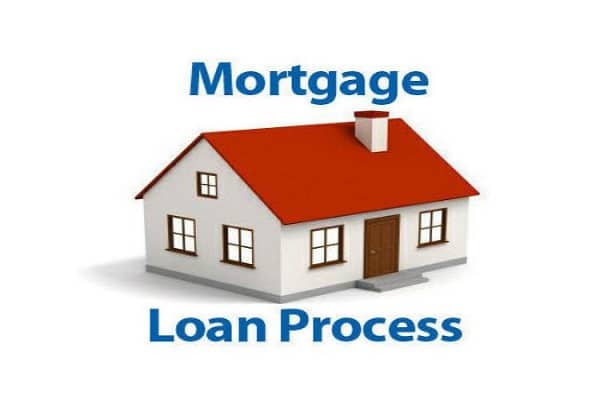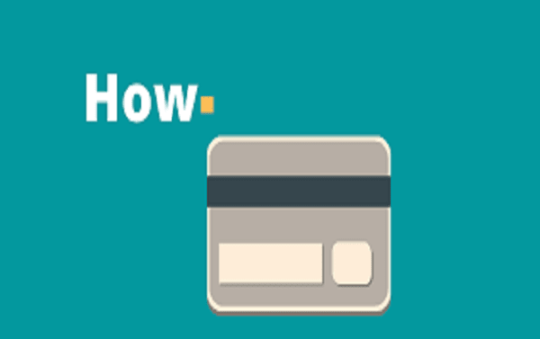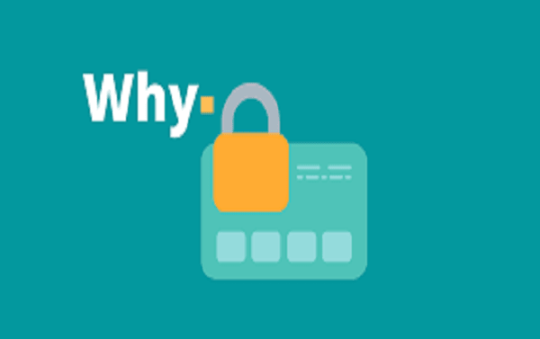A mortgage loan for buying a home can be a time-consuming and tedious process. However, the high amounts of time and effort are justifiable if you look at the size of the loan.
A lender disbursing a considerable sum of money will ensure that the borrower has the capacity and intention to pay back the loan. Time and effort are also needed for a mortgage loan aspirant to look for the right property and the lender.
Since buying a home is a high-value investment and taking a mortgage loan is a long-term commitment to pay back, one should not hurry or scuttle the due diligence. The time and effort invested at this stage can provide you peace and satisfaction for the rest of your life.
To make things easier for you to understand and know what to expect in the mortgage loan process.
Here we have put together the entire process in 6 easy steps:
Secure a mortgage pre-approval
If you plan to buy a home, you should approach a bank or housing finance company such as PNB Housing and seek a mortgage pre-approval. It’s a one-page document from the lender stating that the lender is ready to process the borrower’s request for a mortgage loan for a given sum of money.
The lender provides the pre-approval based on some primary documents and information. These may include the aspirant’s credit score, income, and employment proof. However, this is neither an approval of a loan nor a binding document.
Choose your house
After you have a pre-approval of a mortgage, you can confidently go house shopping. You can talk to real estate agents, developers, and sellers, describing your budget and specifications of the house you are looking to buy.
Many online platforms list homes and real estate properties on sale. You can try to search and shortlist a few candidates to initiate the talks. As you have a pre-approval of a mortgage loan, real estate agents and sellers would like to engage with you on a serious note. They may try to understand your needs and present you with suitable options.
Make a mortgage loan application.
After you have done house-hunting and identified the best option, you can move ahead with a mortgage loan application.
At this stage, you can reconsider the lender you want to use for your mortgage loan. For example, you can go back to the same lender who had offered you the initial mortgage pre-approval, or you may choose a new lender if its current mortgage interest rates are more favorable.
In the application process, you will have to submit many documents related to your identity, eligibility, residence, income, employment, and the property you are going to buy.
Of course, it may look like a lot of work, but your loan officer must be experienced in these matters, and he will walk you through the process. You also get a Loan Estimate from your lender either at the time of application or within a few days.
Also read: How Fullerton India Personal Loan Works and Who Can Qualify For it?
Loan processing by the lender
After you have made the application for a mortgage loan, you don’t have to do more until it is approved or rejected.
In an internal process, your application, documents, and credit history would be checked and verified. The amount of loan you have sought and the property you will purchase will also be evaluated.
Whether you want a fixed-rate mortgage loan on the current mortgage interest rates or you want an adjustable interest rate would also be considered. After proper evaluation of all relevant papers and information, the bank or the lender will take a final decision on your mortgage loan application.
Underwriting
If your loan application is approved, it will be moved for underwriting, which is a legal process of accepting the liability. You will be required to take the liability of the housing loan and commit by signing relevant documents to paying back the loan with interest.
Be ready to sign a lot of documents. But be careful to check what documents you are signing after all.
Closing
After the loan is approved, a few documents would be required to transfer money from the lender to the seller.
An essential document at this stage is Closing Disclosure. Among other details, Closing Disclosure will have information about the cost and the loan amount. Other important documents for the closing stage include
Promissory note: You promise that you will pay the loan. It mentions the loan amount, terms, and lender’s recourse if you fail to repay the loan.
Deed of Trust: Gives the lender claim to your property if you fail to repay the loan as promised in the promissory note.
Certificate of Occupancy: It is a legal document that gives you the right to move into the property.




